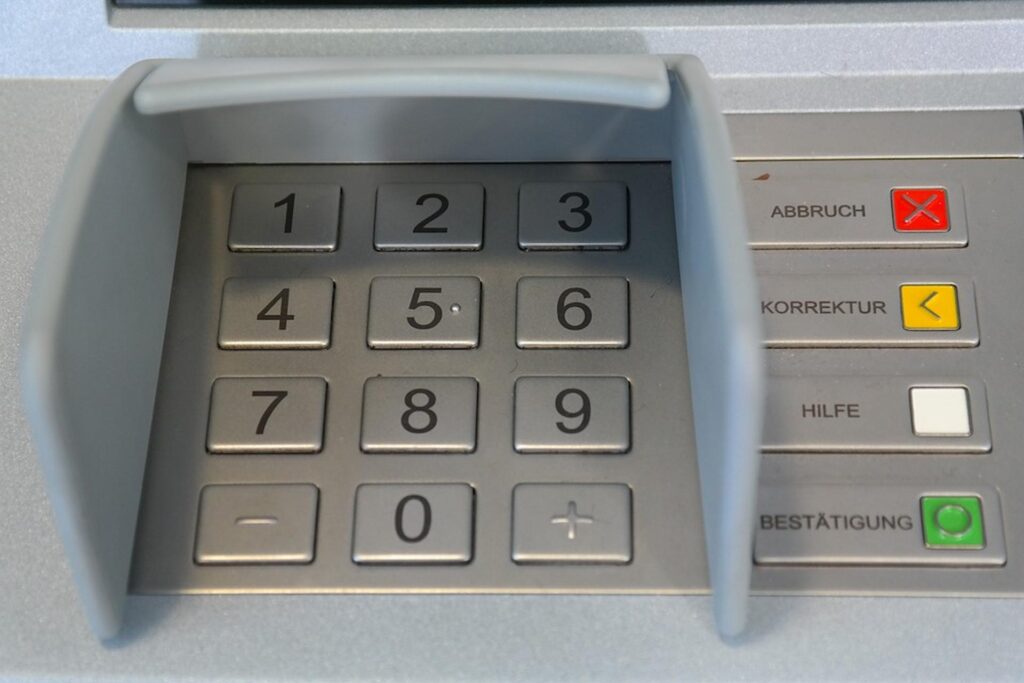Explore the crucial steps and factors in buying an ATM that can become profitable. Learn how to navigate the process with confidence.
Buying an ATM can be a lucrative investment opportunity for entrepreneurs seeking passive income. As cash remains a preferred payment method for many, ATMs remain crucial in various locations, from convenience stores to malls and hotels. This comprehensive guide will walk you through everything you need to know to purchase and operate an ATM, ensuring you make informed decisions at every step.
The Benefits of Owning an ATM
Investing in an ATM offers several advantages beyond the potential for passive income. Firstly, you earn transaction fees from each withdrawal, which can quickly accumulate depending on the ATM’s location and usage. Secondly, having an ATM can increase foot traffic and revenue for businesses hosting it, making it a win-win situation. Moreover, as the owner, you control surcharge fees, which can be adjusted to maximise profitability while remaining competitive.
Researching Legal and Regulatory Requirements
Before diving into the purchase process, it’s crucial to understand the legal and regulatory landscape surrounding ATMs. Regulations can vary by location and often involve compliance with financial and consumer protection laws. For instance, you may need permits or licenses to operate an ATM in certain jurisdictions. Additionally, ensuring your ATM complies with ADA (Americans with Disabilities Act) requirements is essential for accessibility and legal compliance.
Choosing the Right ATM Type and Model
ATMs come in various types and models, each suited for different environments and user needs. The two primary types are through-the-wall (TTW) and stand-alone ATMs. TTW ATMs are integrated into a building’s structure, offering higher security but requiring more installation effort. Stand-alone ATMs are more flexible in placement but may have different security considerations. Consider factors such as transaction volume, security features, maintenance requirements, and cost when selecting the right model for your investment.
Selecting a Suitable Location for Your ATM
The success of your ATM largely depends on its location. High-traffic areas with limited access to other ATMs tend to perform best. Consider places such as convenience stores, gas stations, shopping malls, and hotels where people frequently need access to cash. Negotiate agreements with property owners or businesses to host your ATM, ensuring clear terms regarding revenue sharing, maintenance responsibilities, and access.
Calculating Costs and Return on Investment (ROI)
Understanding the financial aspects of owning an ATM is crucial for making an informed decision. Calculate the total cost of ownership, including purchase price, installation fees, maintenance costs, and any regulatory expenses. Compare these costs against potential revenue from transaction fees to estimate your ROI. Factors such as transaction volume, surcharge rates, and operational uptime will influence your profitability. Consider leveraging financing options or partnerships to manage upfront costs while maximising long-term returns.
Setting Up and Maintaining Your ATM
Once you’ve purchased an ATM and selected a location, proper setup and maintenance are key to its success. Work closely with your ATM provider to install the machine securely and ensure it meets all regulatory requirements. Establish a maintenance schedule to keep the ATM in optimal working condition, including cash replenishment, software updates, and periodic inspections for security and functionality. Promptly address any issues to minimise downtime and maximise customer satisfaction.
Promoting Your ATM and Attracting Customers
Effective marketing can significantly impact your ATM’s usage and profitability. Promote your ATM through signage at its location, highlighting benefits such as fee transparency, accessibility, and convenience. Utilise digital marketing strategies, such as social media and local business listings, to reach potential customers in the area. Consider special promotions or incentives to encourage initial usage and establish your ATM as a reliable cash solution within the community.
Monitoring Performance and Optimizing Operations
Regularly monitor your ATM’s performance to identify trends and opportunities for optimisation. Track transaction volumes, revenue generated, and customer feedback to gauge satisfaction and make informed decisions. Analyse data to adjust surcharge rates, optimise cash management strategies and explore expansion opportunities based on demand. Stay updated on industry trends and technological advancements to ensure your ATM remains competitive and profitable in the long term.
Conclusion:
Investing in an ATM can be rewarding with careful planning and execution. By understanding the benefits, navigating legal requirements, choosing the right model, selecting prime locations, calculating costs and ROI, maintaining effectively, promoting strategically, and monitoring performance, you can build a successful ATM business. Whether you’re an entrepreneur seeking passive income or a business owner looking to enhance customer convenience, buying an ATM can be a step towards financial growth and service enhancement.

